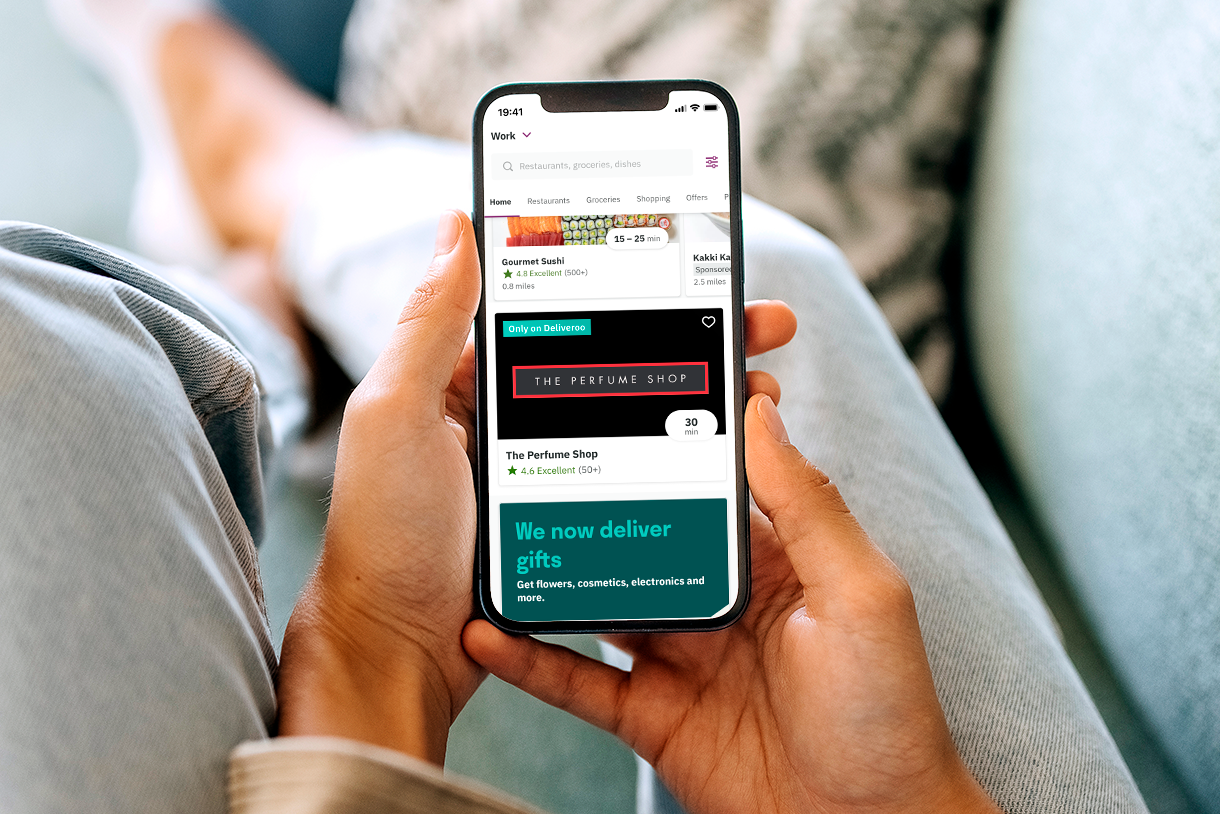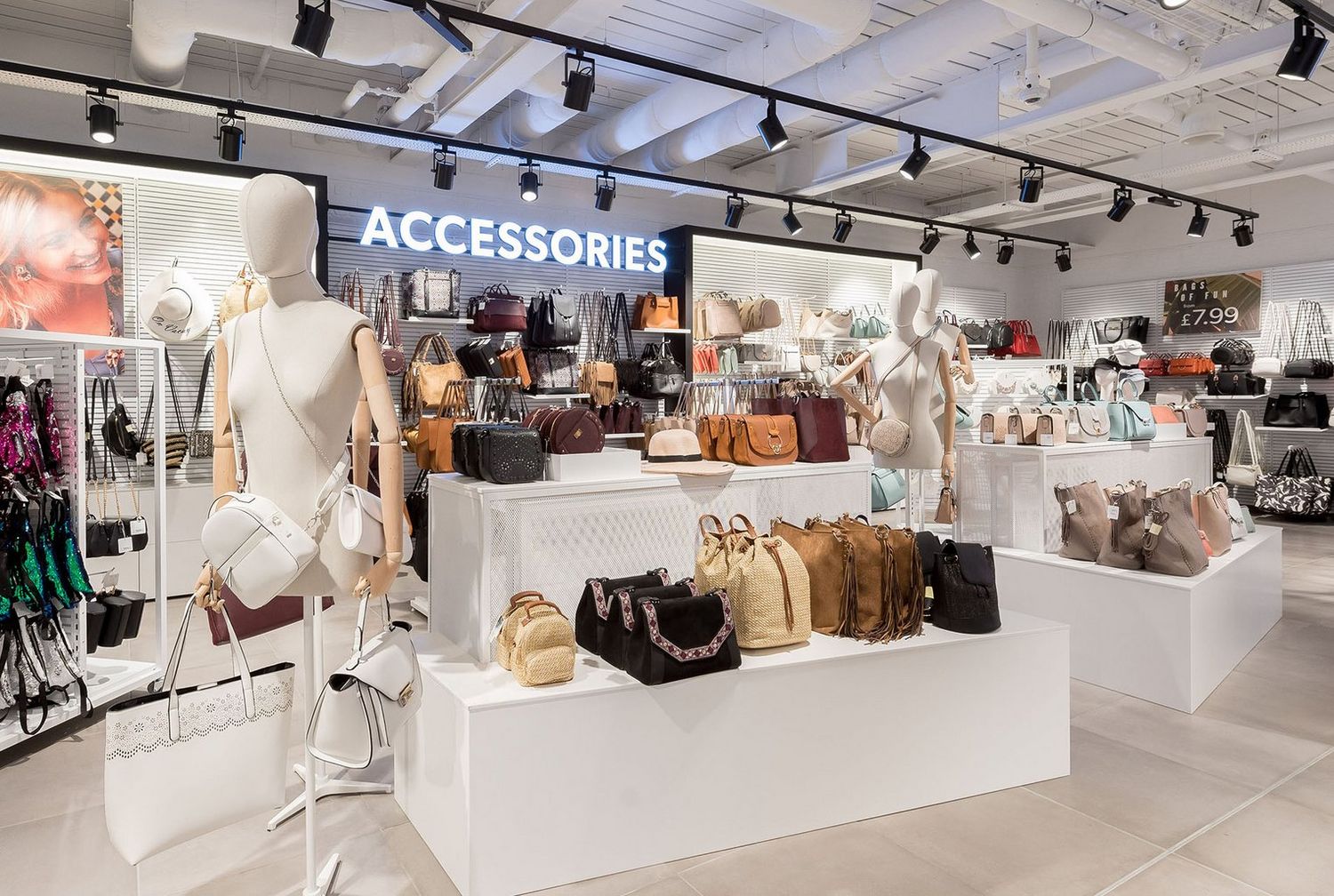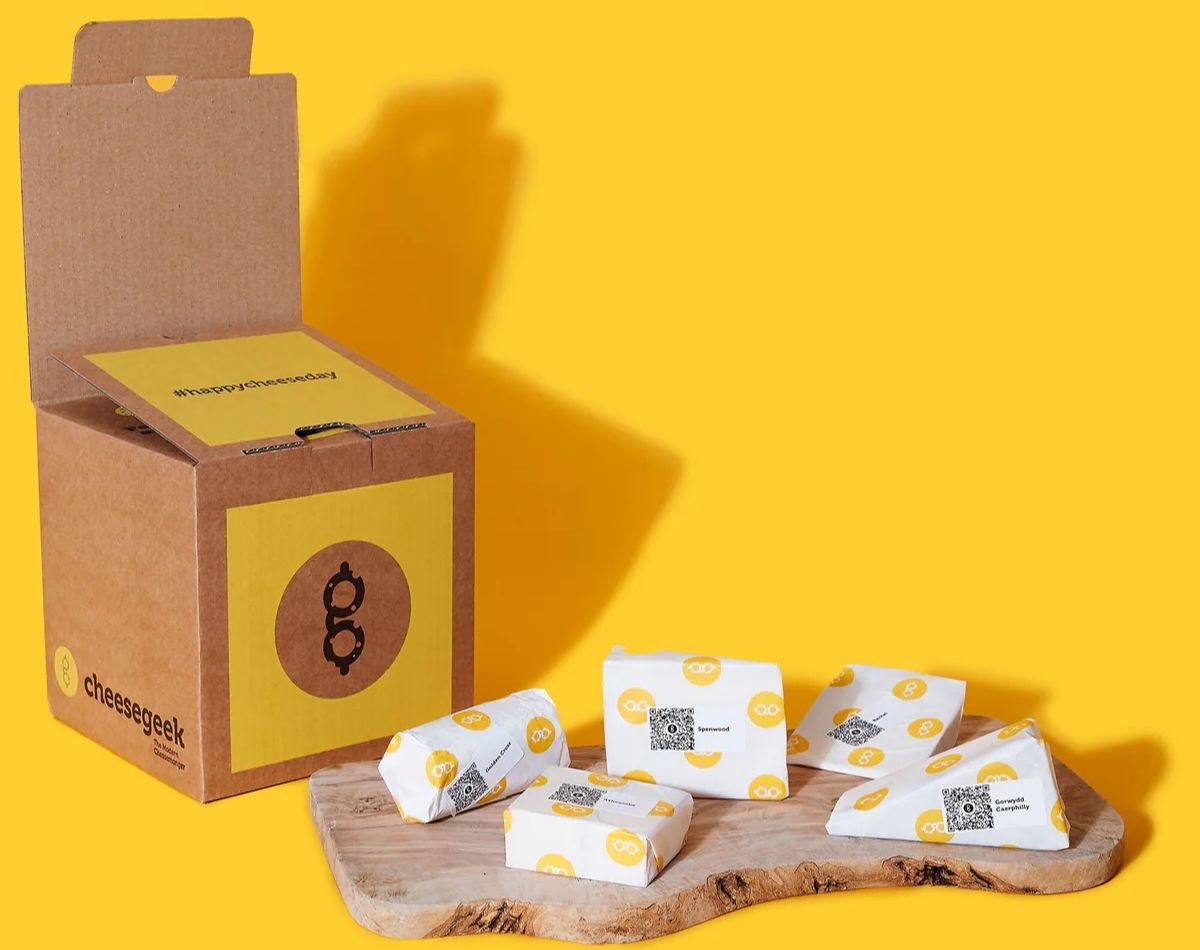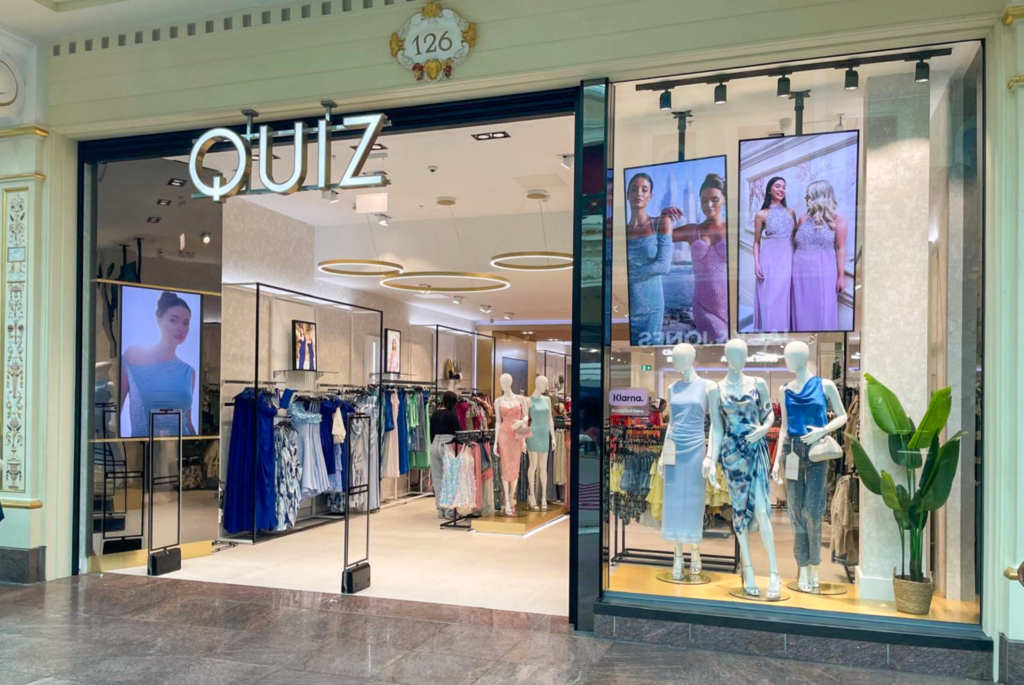Matt Gardiner, CEO of ChannelUnity
“ChannelUnity works with retailers and brands to scale up their business on online marketplaces, by integrating with more marketplaces, listing more products, and selling globally. We focus on enterprise users, providing a robust technical platform and a high level of customer service.”
|
Founded: 2010 Headquartered: Manchester, UK Employees: 11-50 Customers: 250 URL: www.channelunity.com |
What does your company offer retailers and brands?
Our solutions makes it easy for organisations to sell effectively on multiple marketplaces, such as Amazon, Ebay, Etsy, Fruugo, Newegg, Wayfair, Walmart and Zalando.
We provide add-in modules which extend the functionality of all the most popular ecommerce shopping cart platforms, and also a growing list of back-office ERP systems, to allow merchants to take control of their marketplace sales.
Our solution takes care of
- Generating listings on marketplaces
- Syncing up inventory availability between ecommerce platforms and the marketplaces
- Managing prices, including conversion of all the currencies required for global operations
- Receiving orders taken on marketplaces and creating them in ecommerce platforms
- Updating marketplaces with order confirmation and order shipping details.
Marketplace selling seems simple at first but when conducted at scale it can bring some unexpected challenges. All the marketplaces are a little different, and organisations often come to us faced with challenges around product data, multiplied up by a long list of marketplace connections that they require. It’s easy for marketplace sellers to get things wrong, and marketplace platforms are often quite unforgiving in that case.
Our platform is built for handling complexity and making sellers’ lives simple, and our technical team have a lot of skill and experience in sorting out the issues that arise.
How does this boost a retailer’s bottom line?
Most of our customers have been able to boost their sales by using our platform. These days, almost all the customers who join us have some experience of marketplace selling already but have systems or processes which are holding them back.
Typically they want to add a specific marketplace platform, to grow internationally, to list a larger range of products, or to overcome historical issues where marketplaces have downrated their listings for a variety of reasons.
We’ve become expert at solving these issues, especially where there are large product ranges or significant order volumes in play. It’s difficult to quantify the results as every case is different, but where organisations have a great product range but are held back by technology, we’ve often been able to unlock sales worth six or seven figures each month.
You have quite a lot of competition – What’s your USP?
Ultimately it’s the service we offer, coupled with the experience of working with a wide range of marketplace platforms – and also shopping cart and ERP/order management platforms. We’ve been doing this for 10 years, more than most, and we’ve built up a considerable toolbag of expertise, and capability.
When we work with customers we don’t provision our platform and send monthly bills. We work closely with the customer to understand their challenges, and figure out what we can do to help them boost sales. That can be functionality, manipulation of data, or added-value services like optimisation of listings which we mostly deliver through our partners. Then we work together to make it happen. We have consultants, project managers, developers and support people, all with experience in marketplace integrations, and we’re small enough to be quite nimble in rising to challenges.
At the end of the day we’re in a results business and we’re paid by our customers accordingly.
Which organisations do you work with?
We have around 250 customers, many in the UK, but increasingly in Europe and in North America.
We don’t have a particular vertical focus. It can be fashion, electronics, homewares, or pretty much anything. Although there’s been quite a lot of uptake in the fashion sector recently, due to our new integrations with Zalando and Otto, both successful fashion-based marketplaces in Germany, and with Debenhams in the UK.
Some of our customers are household names like JML and Tog24. Others are specialist brands that you’d only find if you were really looking. One of our largest customers sells refurbished mobile phones across North America, for example.
How did the pandemic affect you and your customers?
Like everyone else in ecommerce, business was up. But in the case of ChannelUnity, I think we did even better than most. Amazon is such a powerful force in ecommerce today, representing a third to a half of all online spend. A myriad of new marketplaces have been springing up, with a similar model but a focus on a particular country, region or a specialist verticals. To capture and retain the growing opportunity, brands need solutions that can keep up.
Many of our customers have their own brands, with products that sell through traditional and retail channels. For some, that business completely dried up at the start of lockdown. We were able to help them boost their marketplace sales instead, often selling into new regions and countries where they hadn’t operated before. In some cases, their bottom lines improved as they captured the margin that would normally have been given to a retail and distribution channel.
What do you see as the key challenges for retailers and suppliers over the coming years?
Many retailers have turned to online to counter challenges in bricks and mortar. In the online space, with the increasing power of marketplaces, it can be increasingly difficult for retailers to drive traffic to their own websites. The marketplaces have a vast range, the best and most powerful algorithms for serving up search results, a dominant position on Google, and loyalty programmes like Amazon Prime which are compelling reasons to repurchase.
There’ll obviously always be a place for retailers’ own storefronts, but we can all see the trend of marketplaces taking a larger and larger share.
What targets are you aiming to achieve in the next five years?
It’s hard to see Amazon being challenged right now but the changing marketplace landscape below that will undoubtedly present new opportunities and some new challenges for our customers.
Marketplaces is a global opportunity, and I’d expect to see us integrating with new platforms in China, Asia and other countries, as well as continuing to support the mainstream channels we have today.
But more than anything, we’ll be continually improving the functionality and connectivity of our own solution. That will sustain the growth of our existing customers, and we’ve always built our business on the principle that customer success breeds success, and that’s what we’ll be focussing on.






